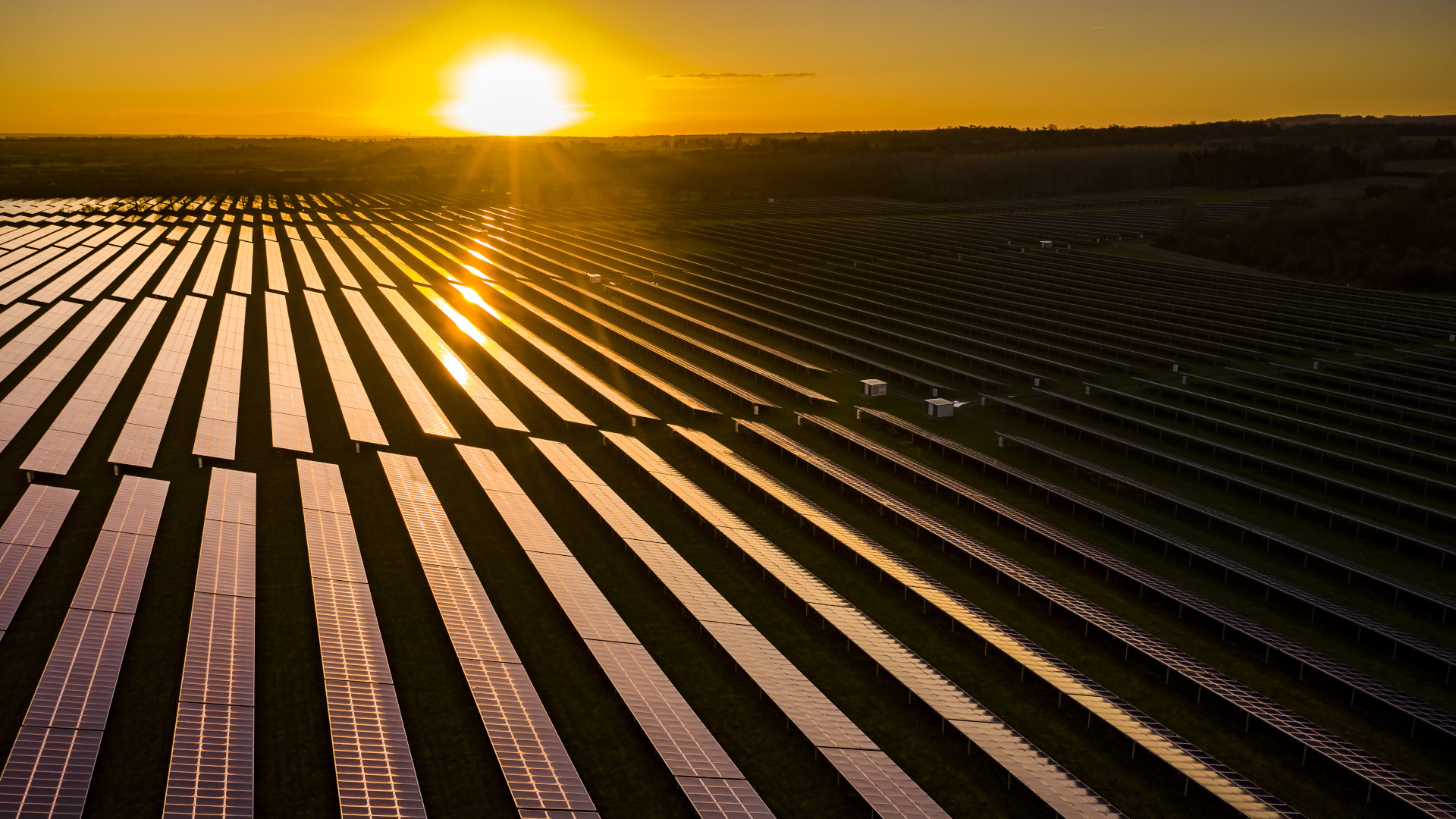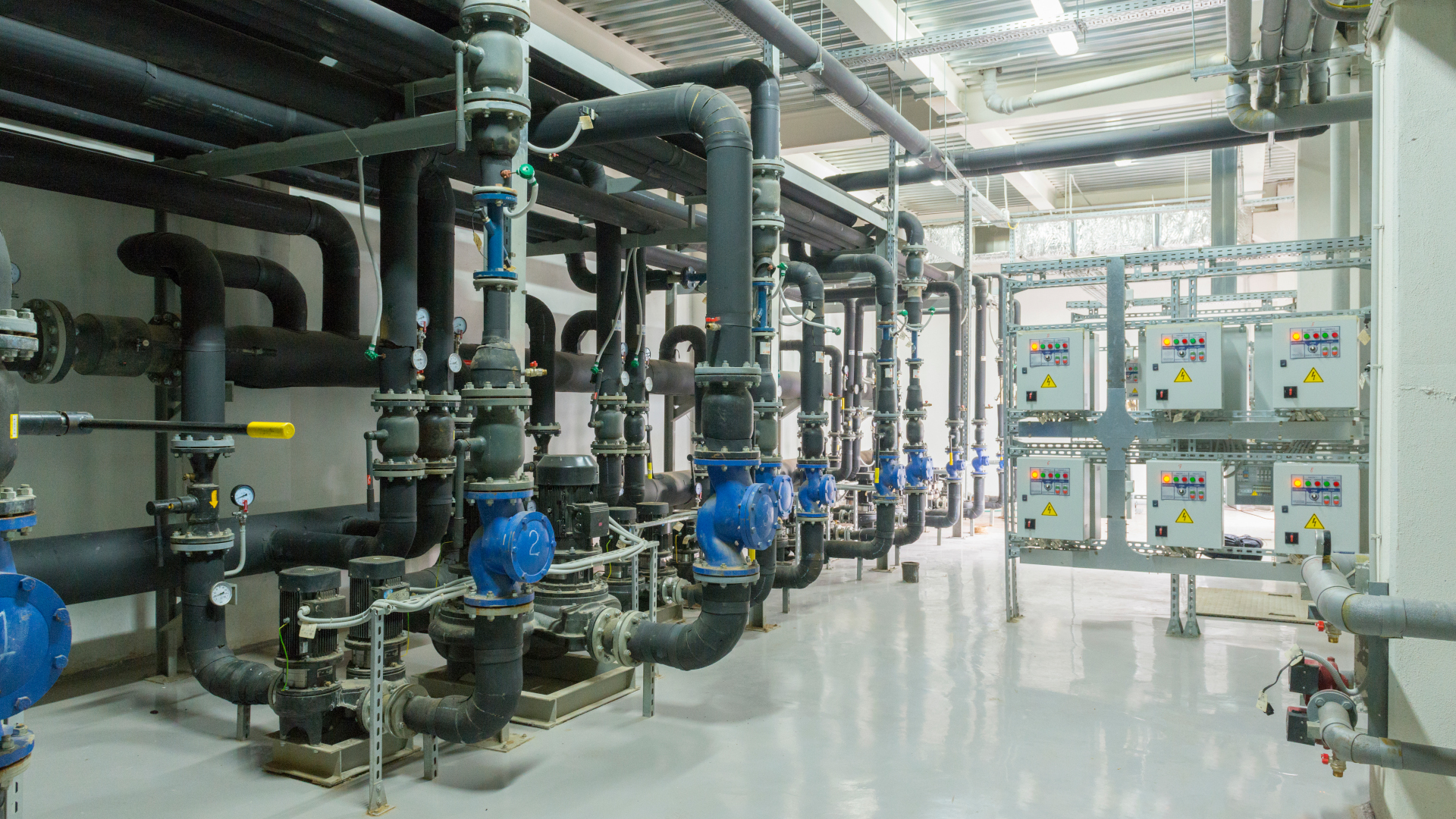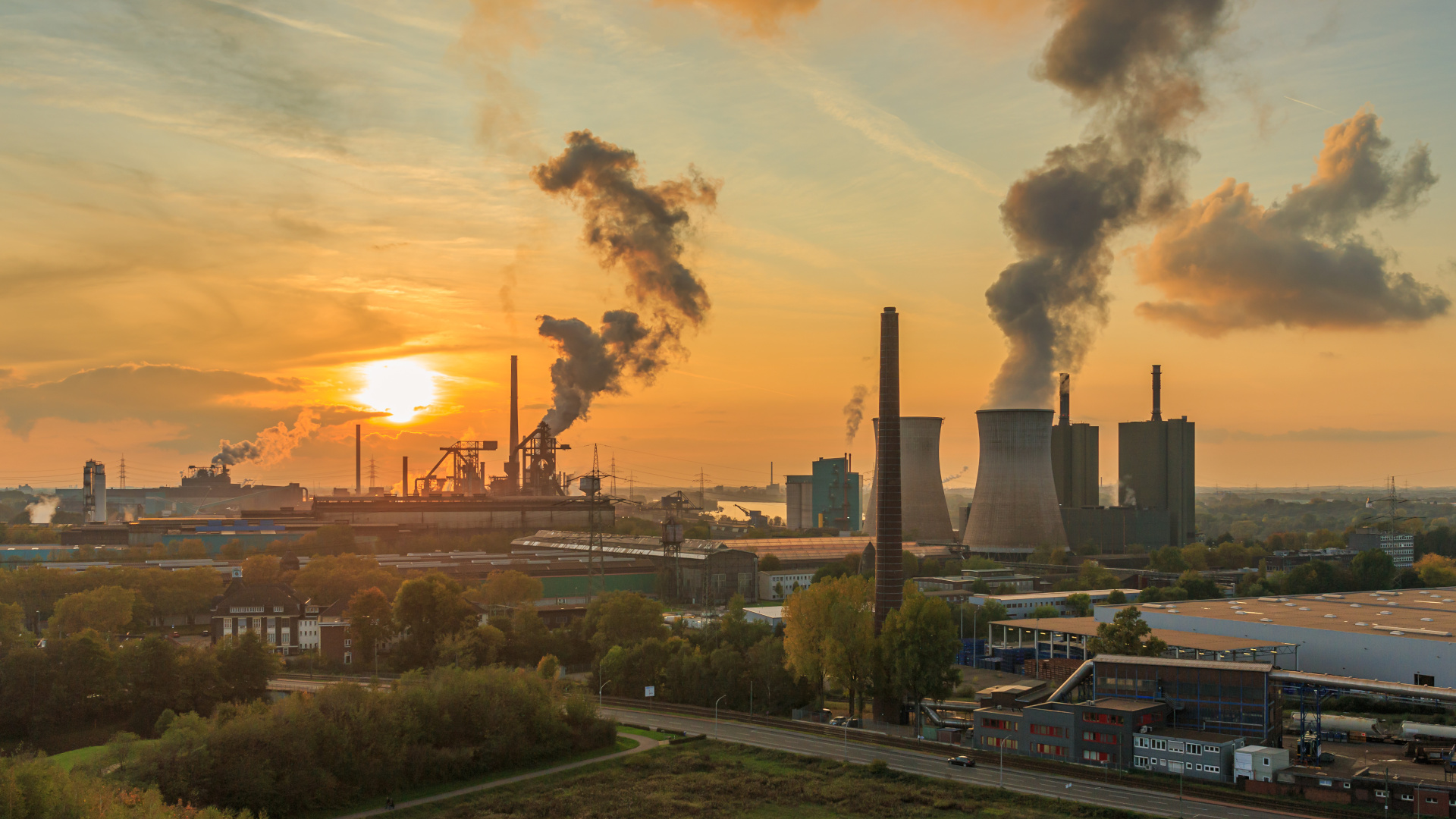Air Source Heat Pumps
Air source heat pumps take energy from the air outside of a buildings through a process using a refrigerant fluid. The measure of performance of a heat pump is called the COP, which is the comparison of the amount of energy used in the system (compressor, pumps etc) against how much energy it takes out of the air. The higher the COP, the better the system. This blog looks at the values for the COP which are required for an air source heat pump to perform better than a gas condensing boiler system in terms of reducing greenhouse gas emissions and fuel costs.
Greenhouse Gas Emissions
Air source heat pumps run on electricity. According to the UK Government’s “2012 Guidelines to Defra / DECC’s GHG Conversion Factors for Company Reporting” the average value for greenhouse gasses emitted per kWh of electricity is 0.54702 kgCO2eq/kWh, whereas for gas this is 0.20435 kgCO2eq/kWh. If we assume that the alternative to a heat pump would be a new gas boiler at 90% efficiency (e.g. www.boilers.org) then in order for an air source heat pump to have a lower level of greenhouse gas emissions, it would need to have a COP of over 2.41 in the UK.
In Europe, the carbon intensity of electricity varies. Using information from the GaBi Professional Database, it can be seen than the levels of CO2eq/kWh vary greatly, within this database the UK has a value of 0.597 kgCO2eq/kWh, whereas some countries have far higher values such as the US with 0.64012 or Greece with 1.1012. Alternatively, many countries (especially in Europe) have far lower global warming potentials than the UK, such as Spain with 0.4131 kgCO2/kWh, Latvia with 0.1794 kgCO2eq/kWh, Sweden with 0.16331 kgCO2eq/kWhh or even Iceland with 0.0194 kgCO2eq/kWh. These figures mean that heat pumps will be far better with carbon performance in some countries.
The UK’s emissions will hopefully decrease in the future, however the trend over the past ten years has been for the kgCO2eq/kWh value of electricity to remain fairly stable.
Financial Costs
Financial costs of electricity and gas are complex to work out, with numerous different tariffs. However, using figures from the website energy.eu, the price of domestic electricity is given as 0.17078 €/kWh. Whilst domestic gas is given as 0.0445 €/kWh. As before it can be assumed a gas boiler will run at 90% efficiency, so the cost per kWh of heating would be 0.0494 €/kWh. This would suggest that in order for the heat pump heating cost to be the same or better than gas, the COP would be need to be 3.45. If we look to the industry prices for electricity and natural gas, the necessary COP for a heat pump to be more economical than gas would be 3.05.
Real Life COP values
The Energy Saving Trust carried out on site testing of 83 heat pumps, published in the report “Getting warmer: a field trial of heat pumps”. This showed for air source heat pumps the ‘mid-range’ of measured COPs was near 2.2 and the highest figures in excess of 3.0. The test also included ground source heat pumps, which has slightly higher measured system efficiencies than the air source heat pumps. The ‘mid-range’ ground source system efficiencies were between 2.3 and 2.5, with the highest figures above 3.0.
Further analysis of the EST trial by DECC in March 2012 (Detailed analysis from the first phase of the Energy Saving Trust’s heat pump field trial) examined a number of these heat pump installations in more detail, paying particular attention to the factors that influence system performance. It appears some sites had anomalies in the data, for example boost heater energy consumption not measured, the contribution of an oil boiler being included in system heat and some data provided from a manufacturer rather than the EST monitoring system. Consequently, some of the EST report data has been revised and Table 1 of the DECC report shows the mean system efficiency to be 1.82 for ASHP and 2.39 for GSHP. The ‘good performance’ GSHPs achieved 2.98 and 3.04 system efficiencies.
Decerna has carried out detailed monitoring of numerous air source heat pumps, and our results tally with those of the Energy Savings Trust, with values between 2.0 and 3.0, although the upper end is rare.
It is important to note that both the Energy Savings Trust report and Decerna’s own work has shown that heat pumps tend not to perform in real life with as high a COP as might be expected from manufacturer’s literature. This is due to a high number of reasons, including installation, the buildings the system is in, and the way it is operated.
Conclusion
As long as an air source heat pump has a COP of higher than 1 then it should be cheaper than electricity and reduce carbon emissions. Compared with higher carbon fuels such as oil burners or coal fires heat pumps perform well, reducing costs and carbon.
However, the above calculations show that a boiler running on natural gas will be cheaper to run than an air source heat pump, and also will probably have lower carbon emissions. This situation may change in the future if the carbon intensity of the UK grid decreases, or heat pump efficiencies increase.
To summarise, at the present time (2013), on a cost and greenhouse gas basis, air source heat pumps should only be installed in off-gas properties. In off gas properties they can make a significant contribution towards reducing energy costs, lowering fuel poverty and lowering greenhouse gas emissions from heating.
====
Further reading:
For a detailed look at the COPs of solar thermal, thermodynamic panels and Air Source Heat Pumps in relation to domestic hot water, please see our discussion paper “COP Water Heating Technologies”
If you are interested in lab or in-situ monitoring of the COP of heat pumps, please email info@decerna.co.uk or call +44 (0)1670 613 270





